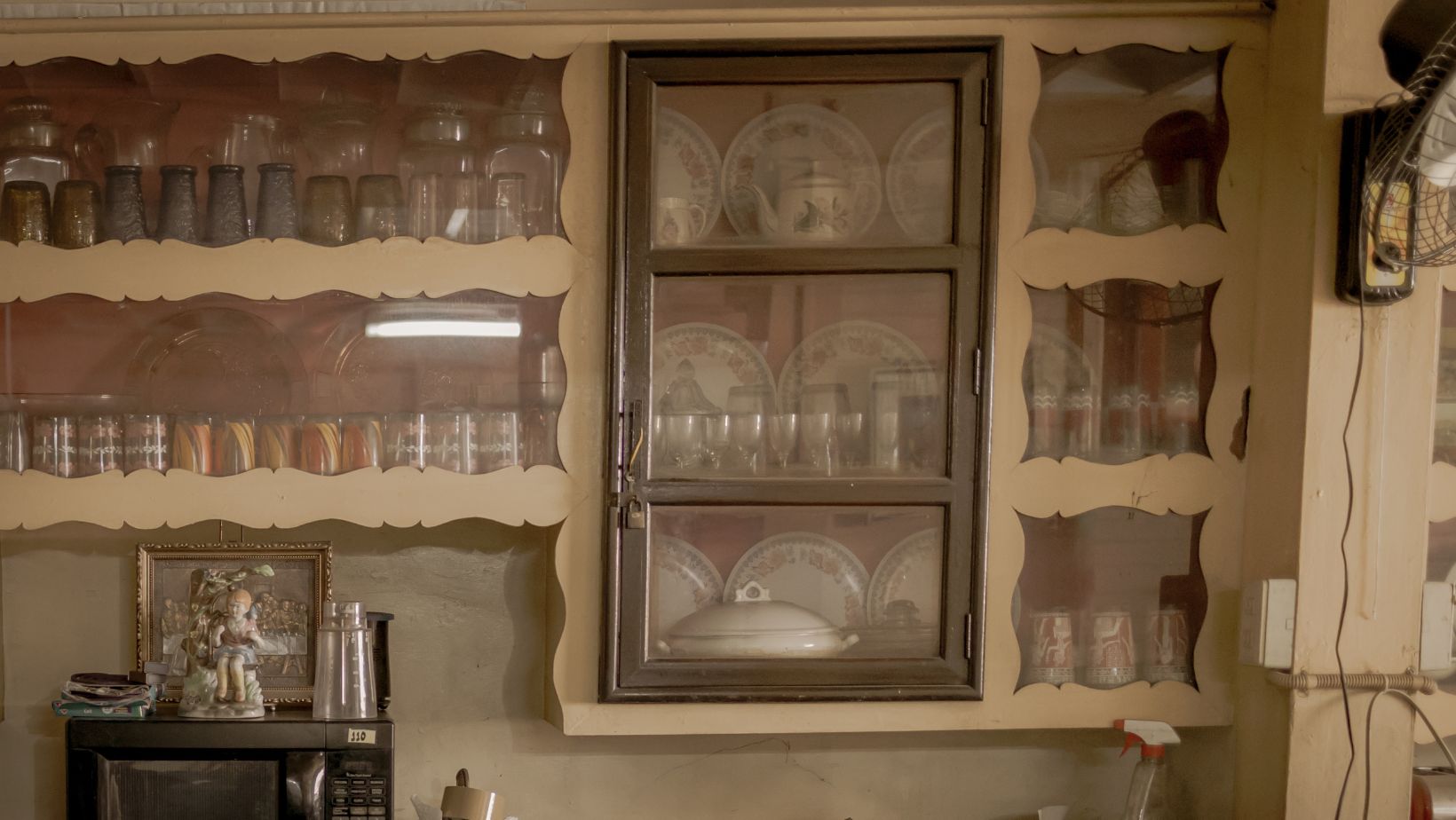City culture kitchens are vibrant hubs where culinary traditions and urban lifestyles blend seamlessly. These kitchens aren’t just about food; they’re about community, innovation, and the celebration of diverse flavors. From bustling food markets to trendy rooftop eateries, city kitchens reflect the heartbeat of urban life.
City Culture Kitchen

City culture kitchens thrive on creating distinct atmospheres and ambiances that mirror the vibrancy of urban life. These spaces often feature eclectic décor, combining modern design with traditional elements to reflect a tapestry of cultures. Industrial lighting, local artwork, and communal seating arrangements foster a sense of community.
Music adds another layer to the ambiance. Playlists often include diverse genres, from jazz to world music, enhancing the dining experience. Open kitchens where patrons can see chefs at work contribute to a lively environment, breaking the barrier between the culinary team and diners.
Natural elements, such as indoor plants and green walls, introduce a refreshing touch, making the space inviting. Urban kitchens also utilize outdoor areas, like terraces and rooftops, to offer panoramic city views. These elements collectively create a unique setting that is both engaging and comforting.
Technology plays a role too. Digital menus and apps for ordering streamline the dining process, keeping it in line with the fast-paced urban lifestyle. Through these features, city culture kitchens create a holistic dining experience that engages all senses.
Menu and Cuisine

City culture kitchens feature a diverse range of menus. Dishes often blend local ingredients with global recipes to create unique flavors. Common offerings include fusion plates such as sushi burritos, taco pizzas, and kimchi burgers. These innovative combinations reflect the multicultural influences of urban areas.
Vegetarian and vegan options hold a significant place on these menus. Plant-based dishes like cauliflower buffalo wings, quinoa salads, and beetroot burgers cater to various dietary preferences. Seasonal ingredients are frequently used to ensure freshness and support local farmers.
Street food is a staple in city culture kitchens. Items like falafel wraps, bao buns, and street tacos provide quick, flavorful meals for busy city dwellers. These dishes emphasize convenience without compromising on taste.
Desserts are equally eclectic, combining traditional sweets with modern twists. Examples include matcha tiramisu, churro ice cream sandwiches, and lavender macarons. These inventive treats offer a delightful end to any meal, enhancing the overall dining experience.
Service Quality

Service quality in city culture kitchens plays a pivotal role in enhancing the dining experience. Staff, often trained in hospitality and culinary arts, ensure each patron’s needs are met efficiently. They offer personalized recommendations, catering to various dietary preferences and tastes, adding a personal touch to each meal.
Efficiency is paramount, particularly in fast-paced urban settings. Digital systems streamline ordering and payment processes. Self-service kiosks, contactless payments, and mobile ordering apps expedite service, minimizing wait times and enhancing convenience.
Cleanliness and attention to detail are standard. Regular sanitation protocols maintain a hygienic environment, instilling customer confidence. Tables are promptly cleared, and utensils are spotless, reflecting a commitment to high standards.
Engagement with patrons is crucial. Staff create a welcoming atmosphere through attentive service and genuine interactions. This fosters a sense of community, aligning with the cultural essence of city kitchens. Feedback is encouraged, enabling continuous improvement and satisfaction.
Pricing and Value for Money

City culture kitchens offer varied pricing strategies to accommodate different budgets. Entry-level dishes typically range between $10 and $15, making them accessible to a broad audience. Examples include street food-inspired plates like falafel wraps or bao buns. Mid-tier options, such as fusion entrées like sushi burritos or kimchi burgers, usually cost between $20 and $30. Higher-end dishes, featuring premium ingredients and intricate preparation techniques, might range from $35 to $50.
These kitchens also provide value through portion sizes and quality. Generous servings coupled with fresh, locally-sourced ingredients enhance the dining experience. Many establishments offer combo deals or tasting menus for those looking to explore a variety of flavors without breaking the bank. For instance, a tasting menu might feature several small plates at a discounted rate.
Loyalty programs and special promotions further increase value. Frequent diners often enjoy perks such as discounts, free items, or exclusive invitations to special events, ensuring that patrons feel appreciated and receive excellent value for their money.
Location and Accessibility
City culture kitchens thrive in urban centers, making them easily accessible to both locals and tourists. These culinary hubs are often situated in vibrant neighborhoods, close to public transport and popular attractions. Their strategic locations ensure that patrons can enjoy a meal as part of a broader urban experience.
Whether nestled in bustling downtown areas or hidden in trendy districts, city culture kitchens are designed to be approachable and convenient. Ample parking, bike racks, and pedestrian-friendly pathways further enhance their accessibility. This ease of access, combined with the rich cultural and culinary offerings, makes city culture kitchens indispensable parts of the urban dining landscape.

